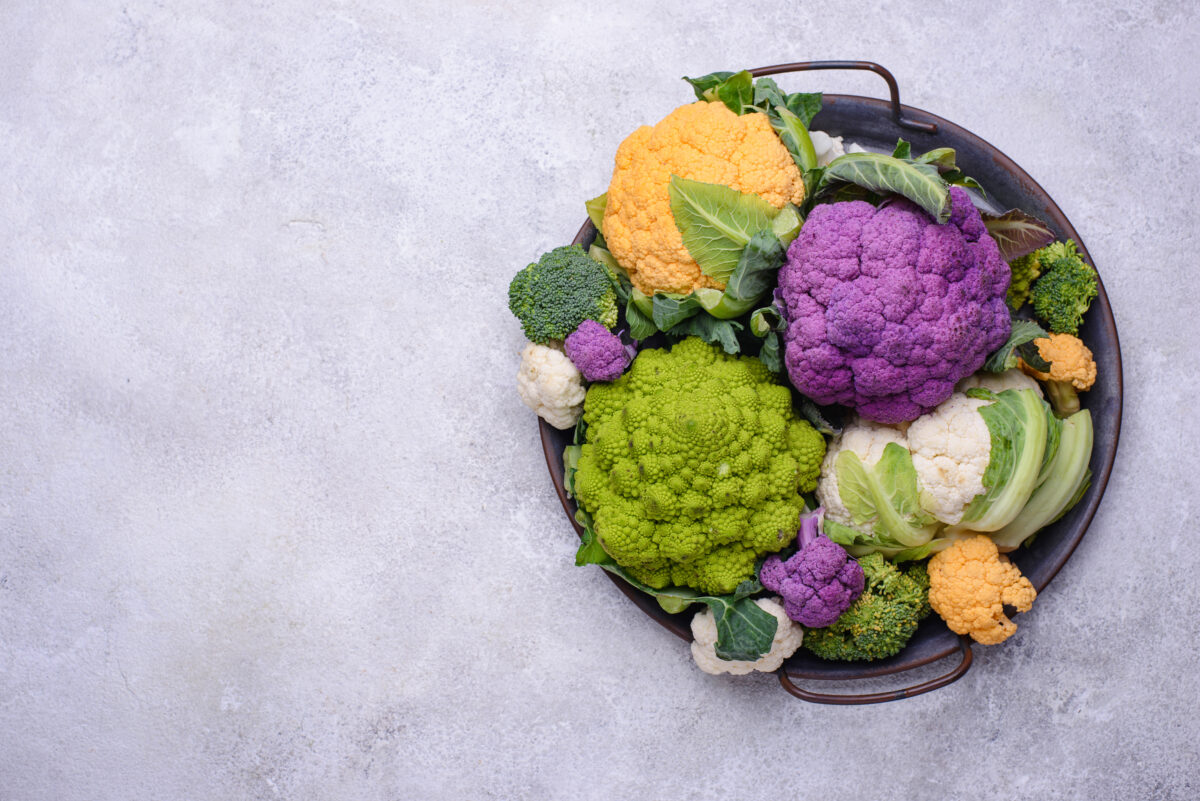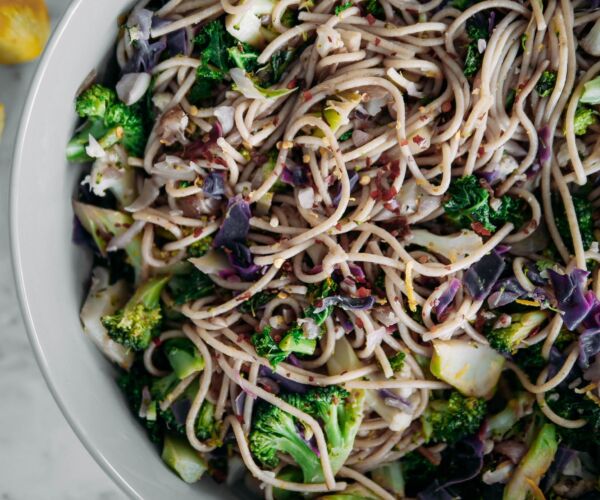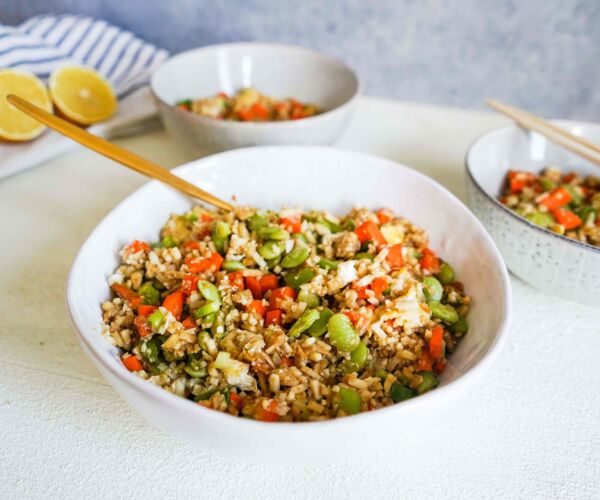Cauliflower

Cauliflower/Kareparāoa
Availability
All year round.
Storage and Handling
Store in the refrigerator. Handle all fresh produce with care and wash before eating.
History
Cauliflower, from the Latin word meaning 'cabbage flower', is a member of the Brassica family and has been grown for more than two thousand years. It is native to the Mediterranean and has been part of the European diet for about five hundred years.
Facts
- Cauliflower belongs to the Brassica family which includes broccoli, cabbage, Brussels Sprouts, kale and more
- Cauliflower can be eaten raw or cooked
- The creamy white flower buds of a cauliflower are called ‘curds’
- Broccoflower is a hybrid mix of cauliflower and broccoli. The florets are bright green (lighter than broccoli) and packed into a round head like cauliflower. The flavour tends to be sweeter than cauliflower and broccoli. Supply is limited
Growing Facts
- Cauliflower are best planted in March to April
- They are typically more frost sensitive than other Brassicas
- Cauliflower can be difficult to grow and require careful soil preparation
- Soil should have good drainage and be nutrient rich
Nutrition Information
Cauliflower is a good source of vitamin C and a source of folate and potassium.
You will find the full Nutrition Information Panel on the New Zealand Food Composition Data website. This website is owned jointly by Plant & Food Research and the Manatū Hauora Ministry of Health. This website holds the most comprehensive collection of high-quality nutrient data for New Zealand foods. The Database is managed and maintained by dedicated Plant & Food Research staff.





